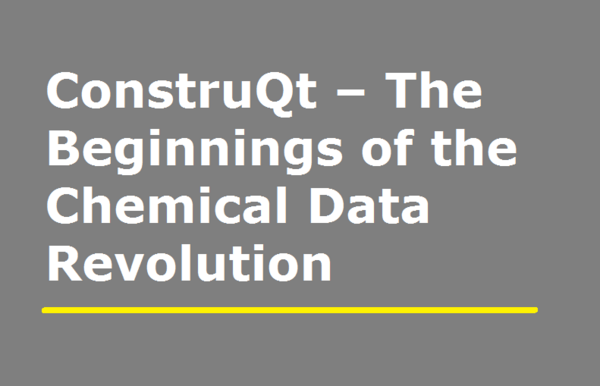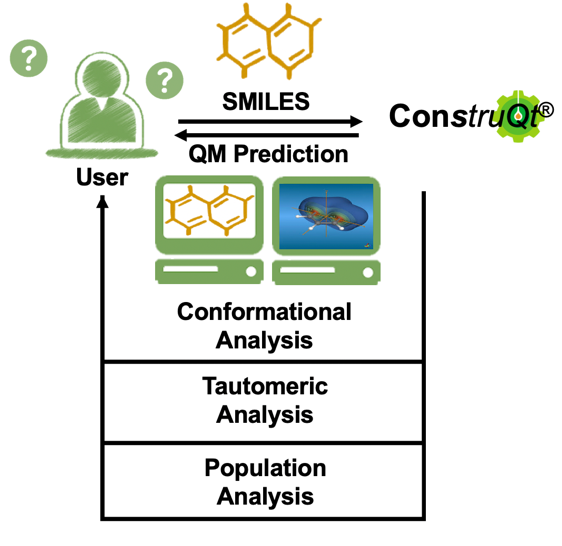
Peter Jarowski
Professor of Chemistry, Ph. D.
CEO/Co-founder at ChemAlive SA - Quantum Chemistry for All
Peter is an expert in the application of computational methods to molecular design. After NYU (B. Sc.), UCLA (Ph. D.), ETH, EPFL and as a former professor of chemistry, he has the vision to achieve reliable, meaningful chemical predictions without the hassle of the technical aspects of computational chemistry.
Contributing Author
in
AI & Digital
Disclaimer: All opinions, ideas, and thoughts expressed and posted by Contributors at BiopharmaTrend.com platform are their own personal points of view, and do not represent neither Contributor's employers, nor BiopharmaTrend.com.


![[White paper] High Throughput Quantum Chemistry for Drug Discovery - Towards Reaction Screening](/files/blog/20190721_150244.2049_19.png)